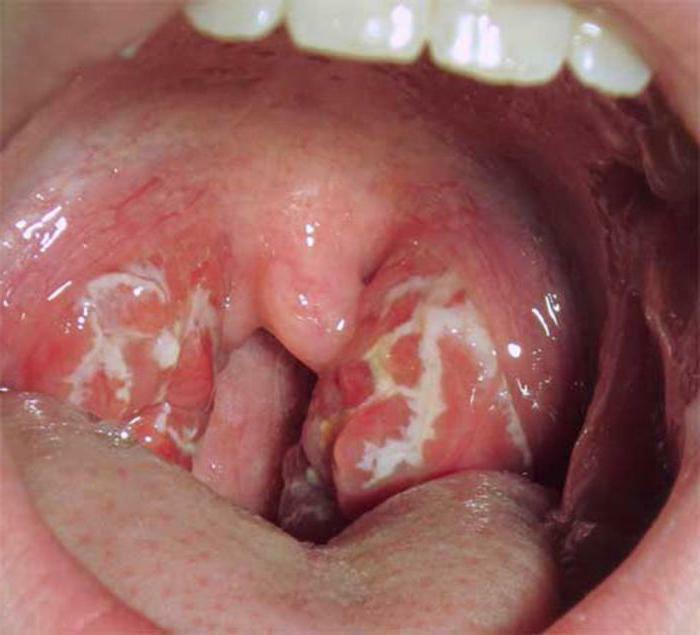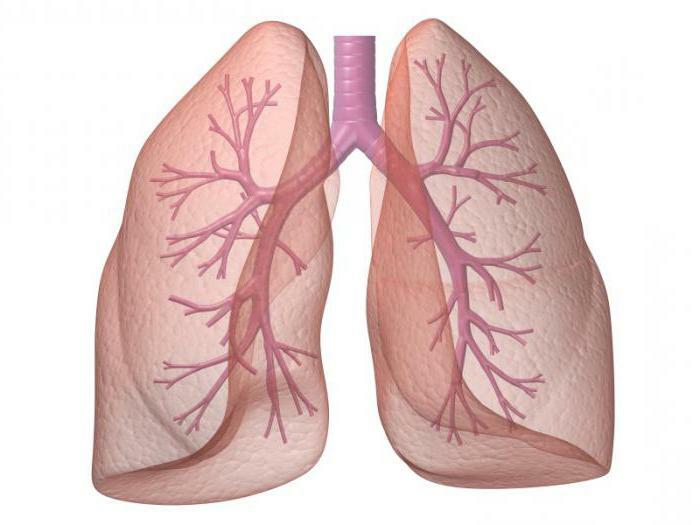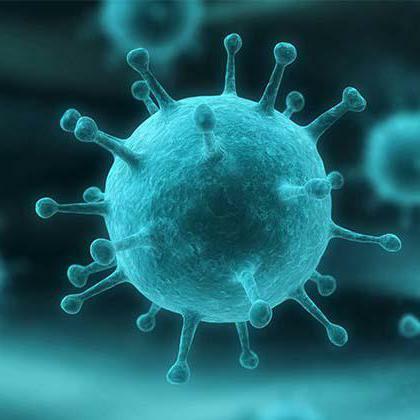Catarrhal phenomena are. .. Catarrhal phenomena in the upper respiratory tract
All people, both adults and children, are susceptible to colds and infectious diseases. Thus it is possible to hear from the doctor such term, as catarral phenomena. These are processes associated with inflammation of the mucous membrane of the upper respiratory tract, and they are manifested by coughing, runny nose, edema.
Where do catarrhal phenomena come from?
Pathogens of infectious diseases fall through the air into the human body and settle on the mucous membrane of the respiratory system. They provoke all known influenza, angina, measles, SARS, rhinitis and other diseases. Such inflammatory processes are susceptible mainly to people with low immunity, and especially children. Almost always infectious diseases are accompanied by mucous secretions from the organs of the upper respiratory tract. The so-called catarrhal phenomena are a runny nose, sputum secreted during a cough, swelling and sore throat. This is the result of the protective reaction of the organism to the microorganisms that attacked it. Such symptoms must be treated, otherwise serious complications can occur in the future.
Catarrhal angina
The cause may be infection with staphylococcus or streptococcus, less often other microorganisms. Favorable factors for the development of the disease are overfatigue, lack of sleep, weak immunity, stress, hypothermia. The main symptoms are: sharp pain in the throat, especially when swallowing, redness, swelling, perspiration, dry mouth.

Usually accompanied by an elevated temperature from 37.2 to 39. For treatment, antimicrobials of local use are used, for example, "Biseptol" or "Streptocide", antipyretic( but only at a temperature of 38 degrees and above), such as "Paracetomol", andalso antihistamines. It will be good to use local analgesic and antimicrobial medicines for irrigation of the throat. Showing bed rest for faster recovery and reducing the risk of complications. It is recommended to use immunostimulants, for example, echinacea extract has a good effect. The doctor is likely to prescribe antibiotics, only on his recommendation you need to take them.
Measles
This is an infectious disease with a vivid symptom. In addition, the patient exhibits catarrhal phenomena in the upper respiratory tract, eyes become inflamed, a red rash appears on the skin. The virus affects mainly children, is transmitted through sputum or saliva particles when the patient sneezes and coughs. To be ill with this infection it is possible only once, then the stable immunity for all life is formed.

The disease lasts for a long time, the incubation period alone can take more than two weeks. The first signs of a beginning illness are catarrhal phenomena. This is the initial period, the duration of it is 3-4 days. Gradually the symptoms intensify, the temperature rises, a rash appears on the skin. There may be red spots on the mucous throat. Pigmentation on the skin remains for about 10 days.
ARVI
The most common disease in the autumn-winter period, when the human body is weakened. Often in everyday life they call a cold. It is manifested by fever, sore throat, dry cough, lacrimation, runny nose.

The disease begins swiftly, catarrhal phenomena can manifest before other symptoms. Often there is an increase in the mandibular lymph nodes. Cough and runny nose are the main signs of the disease, so ARVI without catarrhal phenomena is a rather rare case.
Influenza
It can be called the most dangerous variety of viral infections, as it often causes complications. Therefore, treatment should be started quickly, carried out correctly and under the supervision of a doctor. The main treatment is plenty of drinking and bed rest. Medication is prescribed by a doctor. This is a serious virus, during treatment you need peace, you can not carry it on your feet. By the way, the flu without catarrhal phenomena sometimes occurs and manifests itself only by increasing temperature and weakness. 
Children often get sick because of immature immunity. Cough and runny nose - a frequent phenomenon in toddlers. But it also happens that the child has a high fever without catarrhal phenomena. In children such a symptom does not always mean a viral infection, there are other reasons for this. Teething teeth, overheating in hot weather, allergic reaction, stress, reaction to medicines or vaccinations, violation of thermoregulation - all these factors can be the cause of temperature without manifestation of a cough or runny nose.
What is a cough?
This is a protective reaction of the body when it enters the respiratory tract of a foreign body or the accumulation of mucus in them. In the second case, these will be catarrhal phenomena( Qatar in medicine is an inflammation of the mucous membranes of the respiratory tract).Mucus is formed as a result of counteracting the organism to infections transmitted by airborne droplets. Coughing is a reflex act of cleansing the mucous with a sudden release of air. It can be dry and wet, barking, depending on the nature of the disease. It can be a consequence of both common colds and more serious respiratory diseases. This tonsillitis, bronchitis, pneumonia, tracheitis, tuberculosis. In such cases, the doctor, if necessary, can prescribe antibiotics, as well as drugs that facilitate the withdrawal of sputum from the lungs - "ATSTS", "Ambrobene", "Mukaltin."It happens that a cough does not pass a long time without a rise in temperature. This is an occasion to consult a doctor, as it may be the cause of a latent form of the disease, for example, pneumonia.
Catarrhal rhinitis
Frequent diseases of SARS, poor immunity, high air pollution - all this can be the cause of catarrhal rhinitis. This is an inflammation of the nasal mucosa. The manifestation of it is catarrhal phenomena. It's a runny nose, swelling of the sinuses. 
The result is shortness of breath, absence of sense of smell, sometimes snoring. Treatment of catarrhal rhinitis consists in the use of antibacterial and anti-inflammatory drugs, washing the nose, physiotherapy.
Catarrhal phenomena often manifest themselves, they are perceived by people as an ordinary situation for colds and does not cause any special concerns. But they need to be treated, in order to avoid serious complications.
